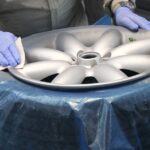Dealing with car damage and being without your vehicle is undoubtedly stressful. If you’re wondering about the timeframe for getting your car back on the road after an accident or other damage, you’re not alone. The duration of auto body repair can vary significantly, leaving many car owners anxious and seeking clarity.
For over two decades, Car Repair Online has been committed to providing clear and helpful information to car owners navigating the complexities of vehicle repair. We understand that knowing what to expect is crucial for a less stressful repair experience. This guide will delve into the question, “how long does auto body repair take?”, providing you with a comprehensive overview of typical repair times, the stages involved in the process, and the various factors that can influence the overall duration.
Keep reading to gain a better understanding of auto body repair timelines, including average repair durations for different types of damage, the step-by-step collision repair process, and key elements that can affect how long it takes to get your vehicle fixed.
Decoding Average Auto Body Repair Time
The question, “how long does auto body repair take?”, doesn’t have a simple, one-size-fits-all answer. The reality is that average auto body repair time can range from just a few hours to several weeks or even longer, depending on a multitude of variables.
To provide a clearer picture of typical repair durations, we’ve compiled a table outlining average repair times based on the severity and type of damage. This should give you a general expectation for different scenarios.
| Type of Collision Repair | Average Time to Fix |
|---|---|
| Minor Collision Repair | 1-3 days |
| Major Collision Repair | 1 to 3 weeks |
| Paintless Dent Repair (PDR) | 1-2 days |
| Bumper Repair/Replacement | 1-3 days |
| Fender Repair/Replacement | 1-4 days |
| Door Repair/Replacement | 2-4 days |
| Glass Replacement | 1-2 days |
| Suspension Repair | 2-3 days |
| Frame Straightening | 4 days – 2 weeks |
| Minor Paint Repair | 2-4 days |
| Major Paint Repair | 1-2 weeks |
| Airbag Replacement | 2-5 days |
| Engine Repair/Replacement | 1-4 weeks |
| Full Vehicle Restoration | 4-8 weeks or longer |
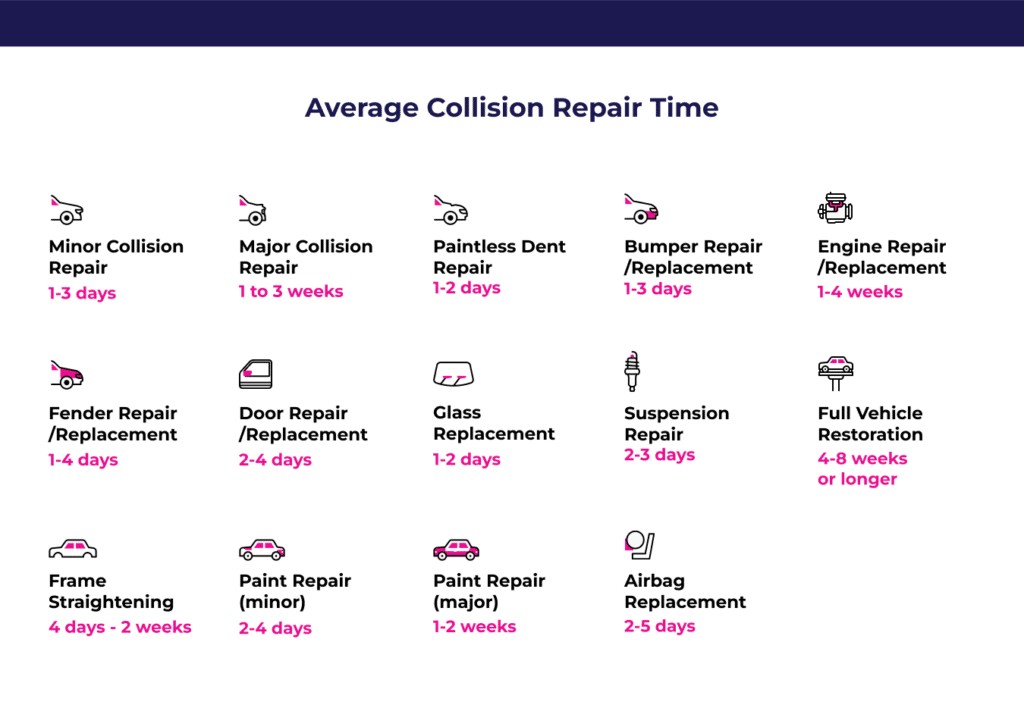

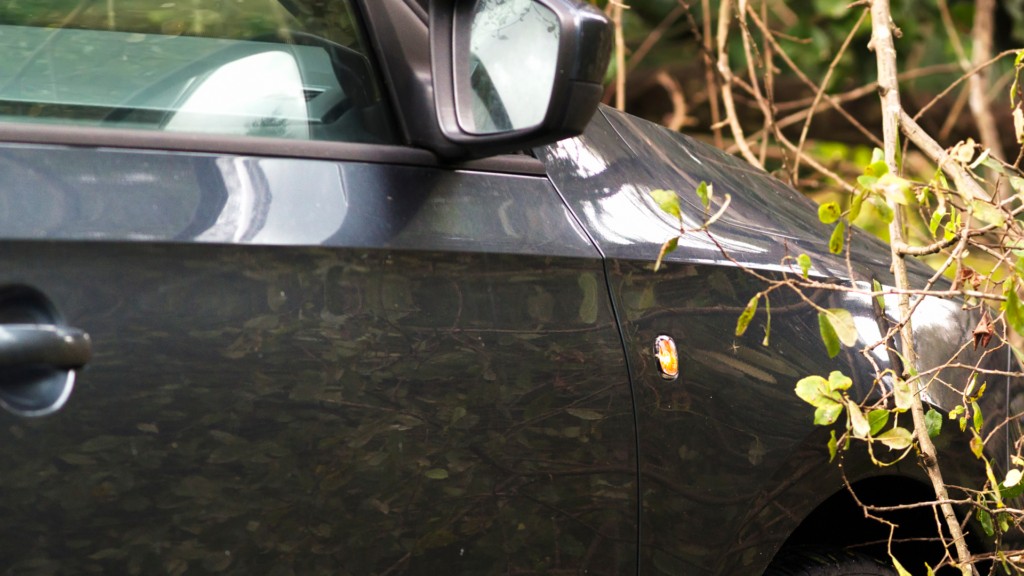
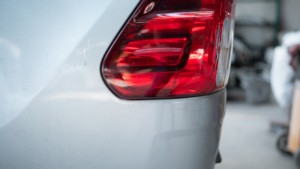
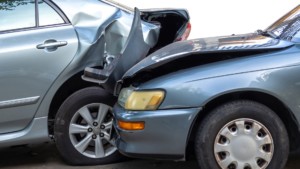
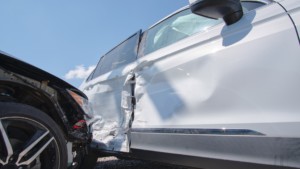
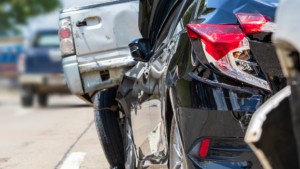
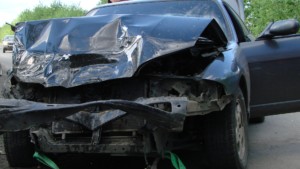


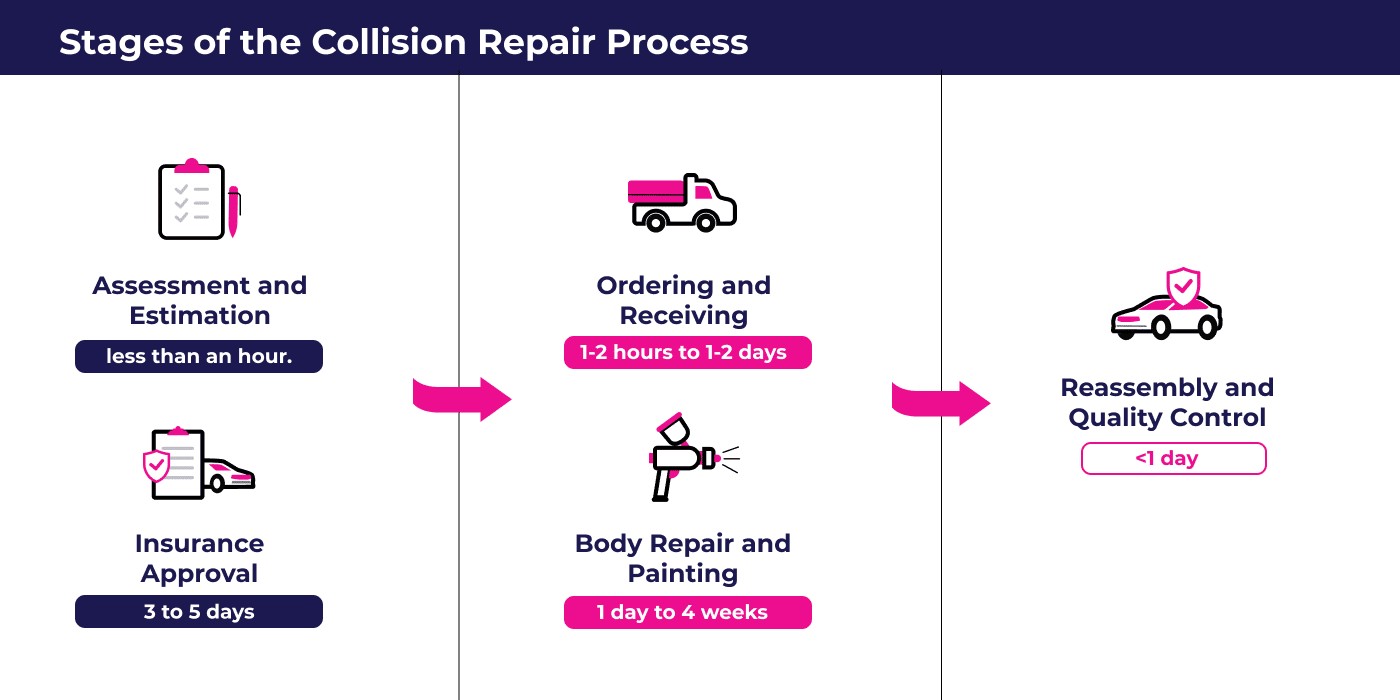
Minor Collision Repair Time vs. Major Collision Repair Time
To further clarify the question of “how long does auto body repair take?”, it’s helpful to distinguish between minor and major collision repairs. The extent of damage is a primary determinant of the repair timeline.
Minor Collision Repair Explained
Minor collision repairs are typically completed within a shorter timeframe, generally ranging from 1 to 3 days. These repairs address cosmetic damages that do not impact the vehicle’s structural integrity. Examples of minor collision damage include:
- Small dents: Like those caused by car doors or hail.
- Scratches: Superficial scratches to the paintwork.
- Minor bumper damage: Scuffs, scrapes, or small cracks in the bumper cover.
These types of repairs are quicker because they are less labor-intensive and primarily involve surface-level adjustments. Often, with the right tools and readily available parts, the actual repair work can be accomplished in just a few hours.
Examples of Minor Collision Scenarios:
-
Shopping Cart Dent:
-
Tree Branch Scratches:
-
Minor Road Debris Scratches:
Major Collision Repair: What to Expect
Major collision repairs, conversely, require a more extended timeframe, typically ranging from 1 to 3 weeks or longer. These repairs address significant damage that can affect the vehicle’s structure, mechanics, or safety systems. Major repairs often involve:
- Frame damage: Damage to the car’s structural frame requiring straightening or repair.
- Mechanical problems: Issues with engine, transmission, suspension, or other mechanical components due to the collision.
- Airbag deployment and replacement: Replacing deployed airbags and related sensors.
- Significant body panel damage: Extensive damage to doors, fenders, quarter panels, or roof.
Major repairs are more complex, require specialized equipment and expertise, and often involve waiting for specific parts to be ordered and delivered, all of which contribute to a longer repair duration.
Examples of Major Collision Scenarios:
-
Rear-End Collision:
-
Side-Impact (T-Bone) Collision:
-
Parking Lot Collision with Obstacle:
Severe Collision Damage and Extended Repair Times
In situations involving severe collision damage, expect repair times to extend beyond 3 weeks. Severe damage typically includes:
- Extensive frame damage: Major structural damage requiring significant repairs or frame replacement.
- Hard-to-find parts: For older, rare, or luxury vehicles, obtaining replacement parts can take considerable time.
- Complex mechanical repairs: Extensive engine or drivetrain damage.
The more severe the damage, the more intricate and time-consuming the repair process becomes.
Examples of Severe Collision Scenarios:
-
High-Speed Head-On Collision:
-
Rollover Accident:
-
Severe High-Speed Side-Impact Collision:
Understanding the Stages of the Auto Body Repair Process
To better grasp the overall timeframe for “how long does auto body repair take?”, it’s helpful to break down the process into its distinct stages. From the initial assessment to the final vehicle completion, each stage contributes to the total repair duration.
Stage 1: Initial Assessment and Estimate
The first step in any auto body repair process is a comprehensive assessment of the damage. A qualified repair technician will:
- Thoroughly examine the vehicle: To identify all visible and potential hidden damage.
- Prepare a detailed estimate: Outlining the necessary repairs, parts, labor, and associated costs.
- Document the damage: Taking photographs and completing necessary paperwork.
Timeframe: Generating an accurate estimate can take anywhere from a few hours to a full day, depending on the complexity of the damage and the shop’s procedures. Some shops, like Car Repair Online partners, offer expedited estimate services, providing estimates in under an hour.
Stage 2: Insurance Claim and Approval (If Applicable)
If you are filing an insurance claim for the repairs, the insurance company will need to review and approve the repair estimate. This stage involves:
- Submitting the estimate to the insurance company.
- Insurance adjuster review: The adjuster may inspect the vehicle and negotiate the repair plan and costs.
- Approval process: The insurance company determines if the repairs are covered and if the estimated costs are reasonable.
Timeframe: Insurance approval can add 3 to 5 days or longer to the overall process, depending on the insurance company’s workload, communication efficiency, and any negotiation required.
Stage 3: Parts Ordering and Procurement
Once the estimate is approved (and if replacement parts are needed), the repair shop will order the necessary parts. The time it takes to obtain parts depends on:
- Part availability: Common parts are usually readily available, while specialized or rare parts may need to be ordered from manufacturers or specialized suppliers.
- Vehicle make and model: Parts for common vehicles are generally easier to source than for luxury or less common models.
- Shipping and delivery times: Part delivery can range from same-day to several days, depending on location and supplier logistics.
Timeframe: Parts procurement can take anywhere from a couple of hours to 1-2 days or longer. Delays in parts availability are a common factor that can extend auto body repair time.
Stage 4: Body Repair and Refinishing
This is the core repair stage where the actual physical work on the vehicle takes place. It encompasses:
- Structural repairs: Frame straightening, welding, and panel replacement to restore the vehicle’s structural integrity.
- Bodywork: Dent removal, filling, and shaping body panels to their original form.
- Painting and refinishing: Matching and applying paint to repaired areas, blending for a seamless finish, and clear coat application.
Timeframe: The body repair and painting stage is the most variable in terms of time, ranging from 1 day to 4 weeks or more, depending on the extent of damage, complexity of repairs, and paintwork requirements.
Stage 5: Reassembly and Quality Control
After the bodywork and painting are complete, the vehicle undergoes reassembly and rigorous quality checks:
- Reassembly: Installation of trim pieces, moldings, lights, and other components that were removed for repair.
- Mechanical checks: Inspection of vehicle systems, alignment, and safety features.
- Cleaning and detailing: Washing and detailing the vehicle to ensure it is returned to the customer in excellent condition.
- Quality inspection: Final inspection to ensure all repairs meet quality standards and customer expectations.
Timeframe: Reassembly and quality control typically take a few hours to a day or two to complete, ensuring that the vehicle is safe, functional, and aesthetically restored.
Stage 6: Potential for Hidden Damage and Additional Repairs
It’s important to acknowledge that during the repair process, technicians may uncover hidden damage that was not apparent during the initial assessment. This can include:
- Corrosion or rust damage: Revealed after removing body panels.
- Undocumented pre-existing damage: Uncovered during repairs.
- Further mechanical damage: Identified during the repair process.
If hidden damage is found, it will require additional assessment, estimate revisions, insurance re-approval (if applicable), and further repair work, which can inevitably extend the overall repair time.
Key Factors Influencing Auto Body Repair Time
Beyond the type and severity of damage, several other factors can significantly impact “how long does auto body repair take?”. Understanding these factors can help you anticipate potential delays and manage your expectations.
1. Severity of Damage: The Primary Driver
As previously discussed, the extent of damage is the most significant determinant of repair time. Minor damage translates to quicker repairs, while major or severe damage necessitates a longer duration. Simple scratches or dents can be addressed rapidly, while extensive structural damage or complex mechanical issues naturally require more time and labor.
2. Availability of Replacement Parts: A Potential Bottleneck
The ease and speed of obtaining necessary replacement parts play a crucial role in the repair timeline. Common parts for popular vehicle models are usually readily available, minimizing delays. However, factors that can affect parts availability include:
- Rarity of parts: Parts for older, classic, luxury, or less common vehicles may be harder to source and require longer lead times.
- Supply chain disruptions: Global events, manufacturing delays, or shipping issues can impact parts availability across the board.
- OEM vs. Aftermarket parts: Original Equipment Manufacturer (OEM) parts may sometimes have longer lead times compared to aftermarket alternatives.
Parts delays are a frequent cause of extended auto body repair times.
3. Type of Vehicle: Common vs. Luxury/Rare
The make and model of your vehicle can influence repair time.
- Common vehicles: Brands like Toyota, Honda, Ford, Chevrolet, etc., generally have readily available parts and established repair procedures, leading to potentially faster repair times.
- Luxury and rare vehicles: Brands like Mercedes-Benz, BMW, Audi, Lexus, Tesla, and niche models often require specialized parts, technicians with specific training, and potentially longer repair times.
Luxury or rare vehicles may also have complex systems or unique construction that adds to the repair complexity and duration.
4. Insurance Company Involvement: Claim Processing Time
When an insurance claim is involved, the insurance process itself can add to the overall repair timeline. Factors that can influence insurance-related delays include:
- Claim processing time: The time it takes for the insurance company to review estimates, inspect damage, and approve repairs.
- Negotiation and disputes: Disagreements on repair scope or costs can lead to delays in reaching an agreement.
- Supplemental claims: Discovery of hidden damage requiring additional insurance approvals can extend the process.
Choosing a repair shop that has experience working with insurance companies and can assist with the claims process can help minimize these delays.
5. Repair Shop Workload and Scheduling: Shop Capacity
The workload and scheduling at the chosen auto body repair shop can also affect how quickly your vehicle is repaired.
- Shop backlog: Busy repair shops may have a backlog of vehicles waiting for repair, leading to longer wait times for scheduling and starting repairs.
- Technician availability: The availability of qualified technicians and specialized repair equipment can impact the shop’s capacity to process repairs efficiently.
- Seasonal peaks: Collision repair shops may experience higher workloads during certain seasons or after major weather events.
Choosing a reputable repair shop with adequate capacity and efficient processes can help reduce potential delays related to workload.
Conclusion: Patience and Communication are Key
So, “how long does auto body repair take?” As you now understand, the answer is multifaceted and depends on a range of factors. Repair times can vary from a single day to several weeks, and sometimes even longer for extensive or complex repairs.
While waiting for your car to be repaired can be inconvenient, understanding the repair process and the factors that influence the timeline can help you manage your expectations and reduce stress. Patience is essential, especially for more significant repairs.
The most important step you can take is to choose a reputable and communicative auto body repair shop. A good shop will:
- Provide a realistic estimate of repair time.
- Keep you informed of progress throughout the repair process.
- Proactively communicate any potential delays or changes.
- Prioritize quality repairs and customer satisfaction.
By selecting a trusted repair facility and maintaining open communication, you can navigate the auto body repair process with greater confidence and get back on the road as smoothly and efficiently as possible.
Average Collision Repair Time FAQs
What are my transportation options while my car is in the shop?
Being without your car can disrupt your daily routine. Explore transportation options such as:
- Rental car coverage: Check your insurance policy to see if it includes rental car reimbursement while your vehicle is being repaired.
- Loaner vehicles: Some auto body shops offer loaner vehicles to customers undergoing repairs.
- Ride-sharing services or public transportation: Utilize ride-sharing apps or public transit as alternative transportation.
- Courtesy pick-up and drop-off: Some repair shops offer pick-up and drop-off services for customers.
Partner shops of Car Repair Online may offer rental car assistance or courtesy vehicle options; inquire when you get your estimate.
Is there a warranty on auto body repairs?
Reputable auto body shops typically offer warranties on their repair work. Warranties can vary in length and coverage, so it’s essential to:
- Ask about warranty terms: Inquire about the specific warranty offered by the repair shop.
- Understand what’s covered: Clarify what aspects of the repair are covered under warranty (e.g., paint, bodywork, parts).
- Get warranty details in writing: Ensure you receive written documentation of the warranty for your records.
Car Repair Online partner shops are committed to quality and often provide warranties on their workmanship.
Front-end collision repair vs. rear-end collision repair time – what’s the difference?
While every collision is unique, there are some general trends:
- Rear-end collision repairs: Often tend to be slightly faster and potentially less expensive compared to front-end repairs, assuming similar levels of damage severity.
- Front-end collision repairs: Can sometimes take longer due to the concentration of critical vehicle components in the front (engine, radiator, headlights, grille, etc.), potentially requiring more complex repairs.
However, the specific circumstances of each accident will ultimately determine the repair time and cost.
When is a car considered a total loss after a collision?
An insurance company may declare a vehicle a total loss when the cost to repair the damage exceeds a certain percentage of the car’s pre-accident value. This threshold commonly ranges around 70-75% of the vehicle’s value.
In a total loss situation:
- The insurance company will typically pay you the pre-accident market value of your car.
- You may have the option to retain the salvaged vehicle (depending on regulations and policy) but will receive a reduced settlement.
What should I do if my auto body repair is taking longer than initially estimated?
If you find that your repair is significantly exceeding the initial estimate, it’s crucial to:
- Communicate with the repair shop: Contact the shop to inquire about the reason for the delay. There may be legitimate reasons such as parts delays, hidden damage discovery, or insurance process issues.
- Contact your insurance company (if applicable): If the delay seems unreasonable or if communication with the shop is unsatisfactory, involve your insurance adjuster to investigate and mediate.
- Consider your options: While switching shops mid-repair can complicate matters, understanding the cause of the delay is crucial to determine the best course of action.
How much does collision repair typically cost?
Similar to repair time, collision repair costs are highly variable. Average collision repair costs can range from hundreds to thousands of dollars, depending on:
- Severity of damage: Minor cosmetic repairs are less expensive than major structural repairs.
- Parts costs: Replacement part prices vary widely depending on vehicle type and part complexity.
- Labor rates: Repair shop labor rates differ by location and shop type.
- Paint and materials: Paint and refinishing costs contribute to the overall expense.
To get a clearer idea of potential costs for your specific damage, it’s recommended to obtain free estimates from reputable auto body repair shops. Car Repair Online partner shops offer free, prompt estimates to help you understand potential repair expenses.

